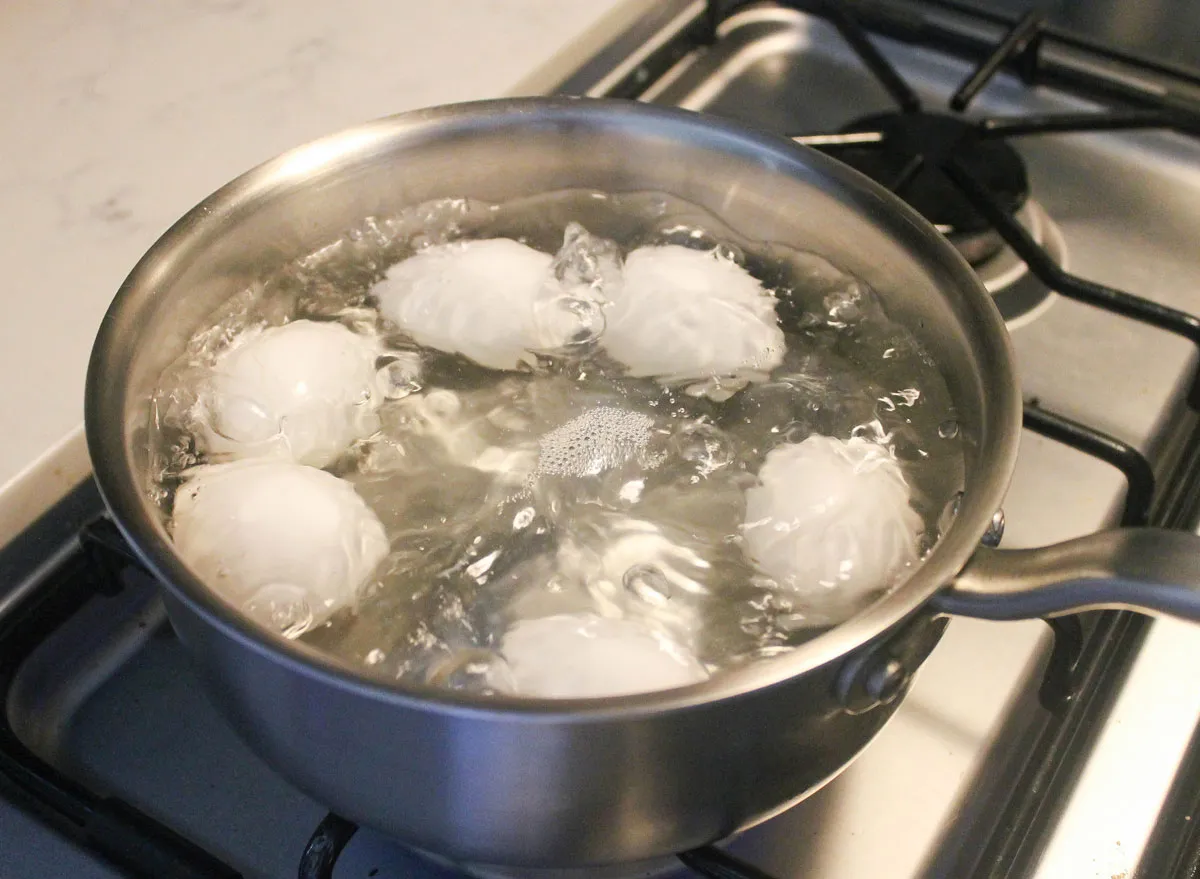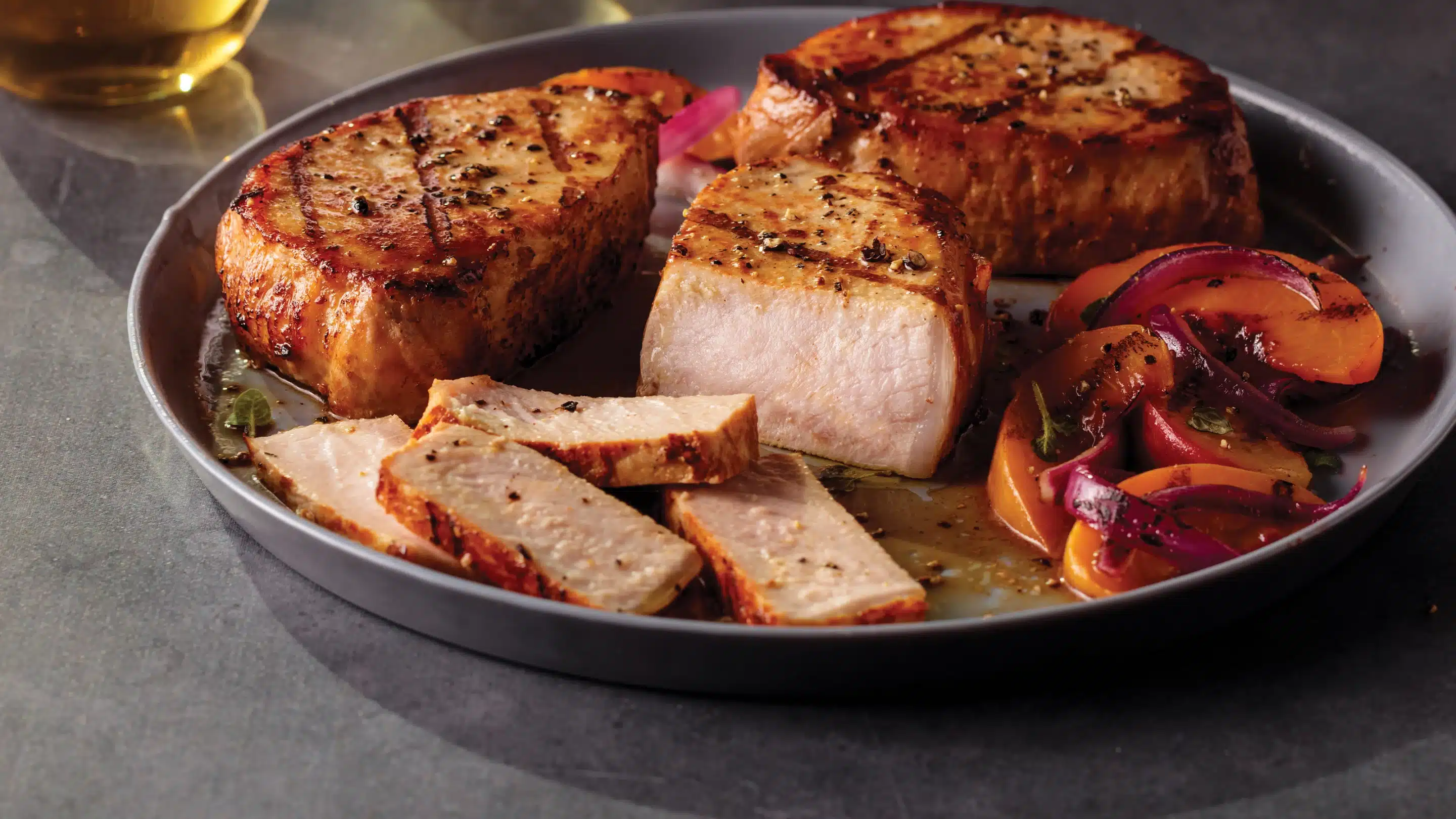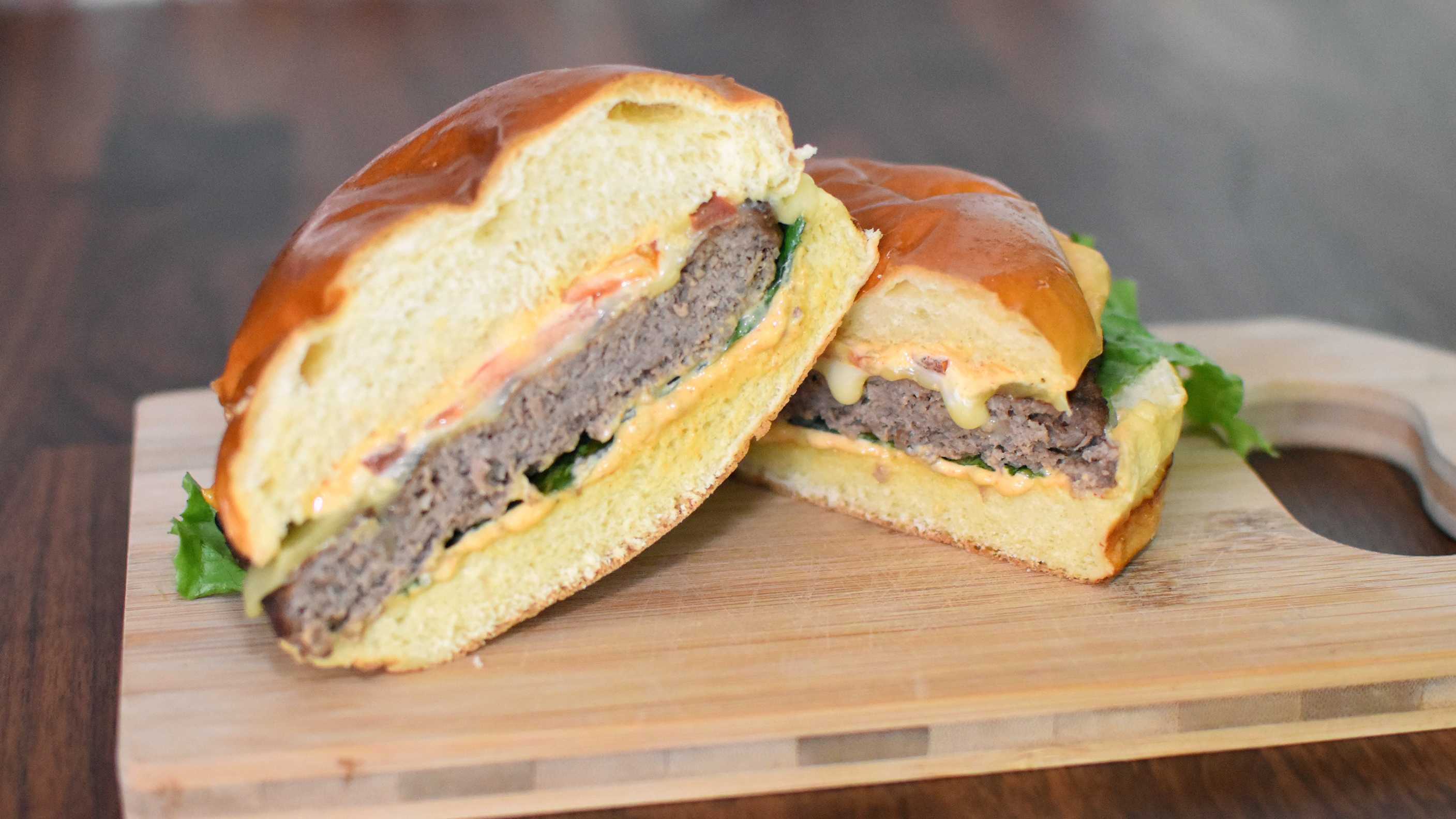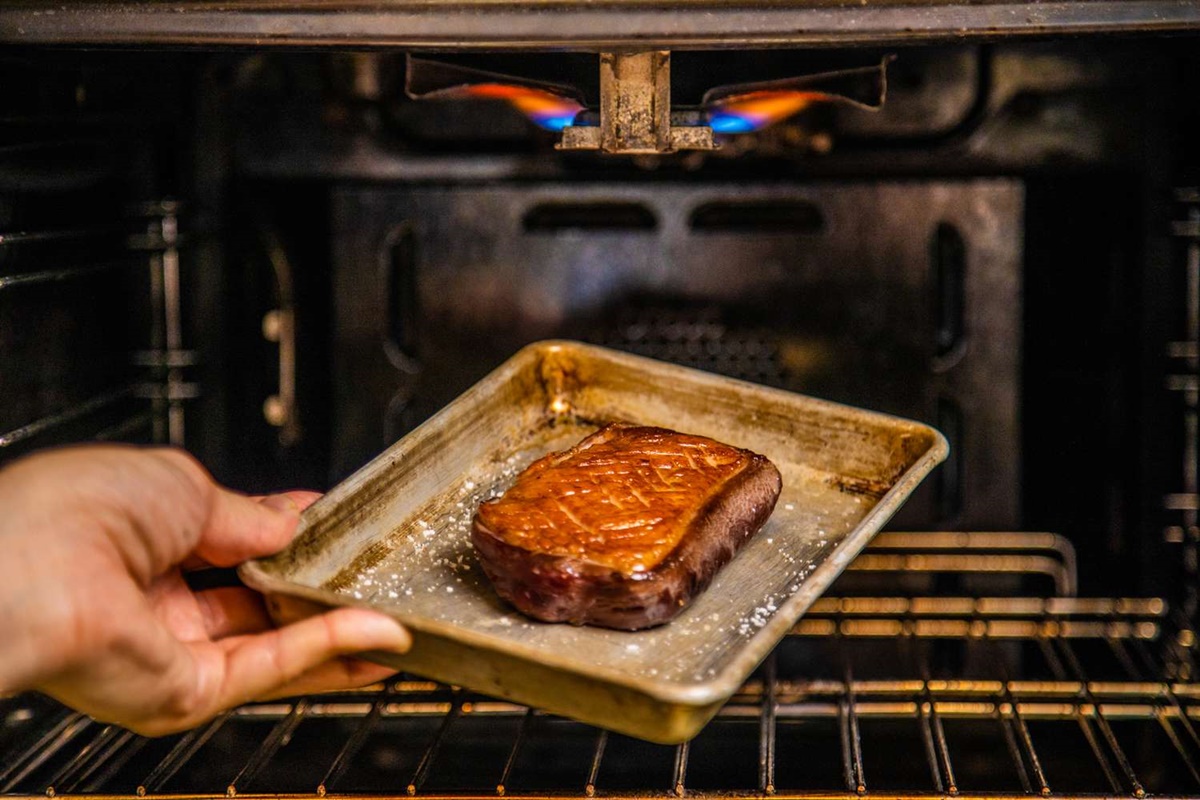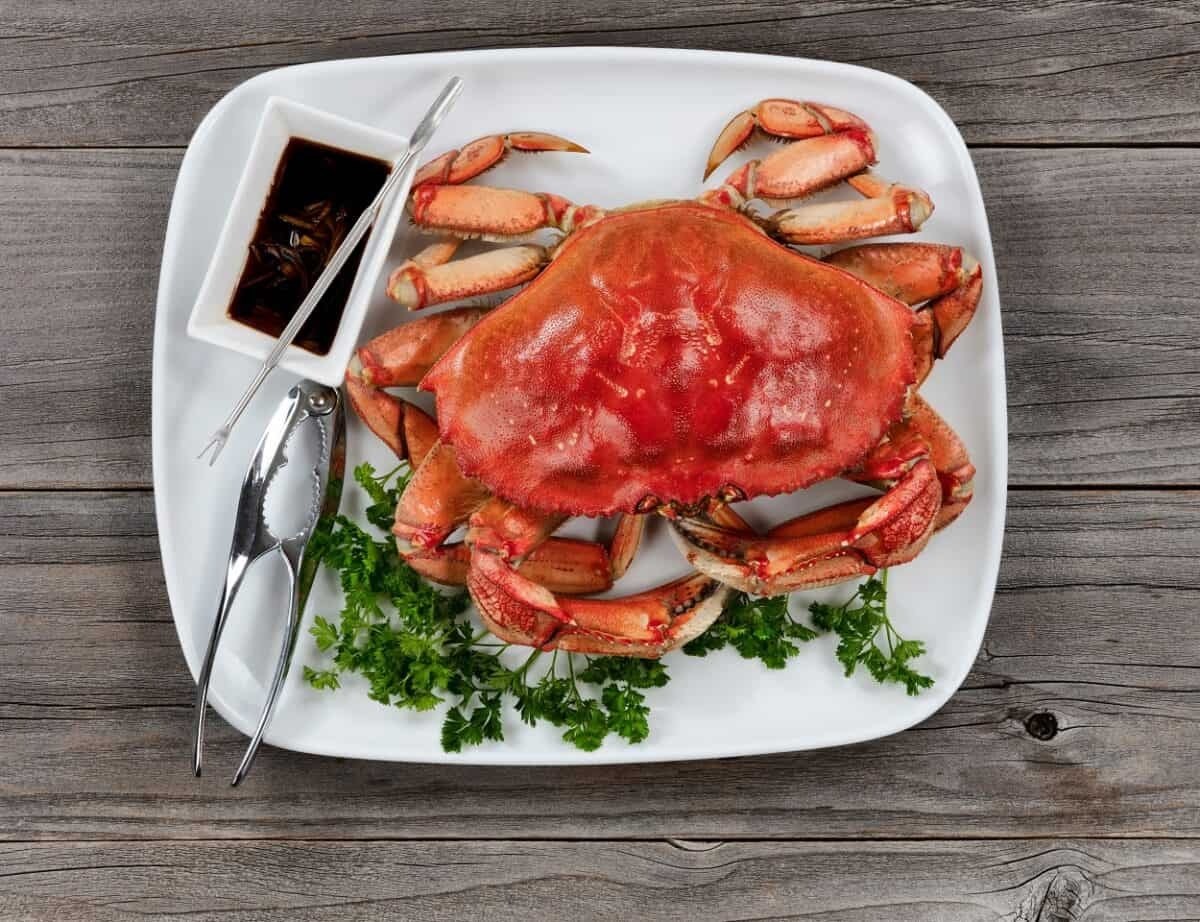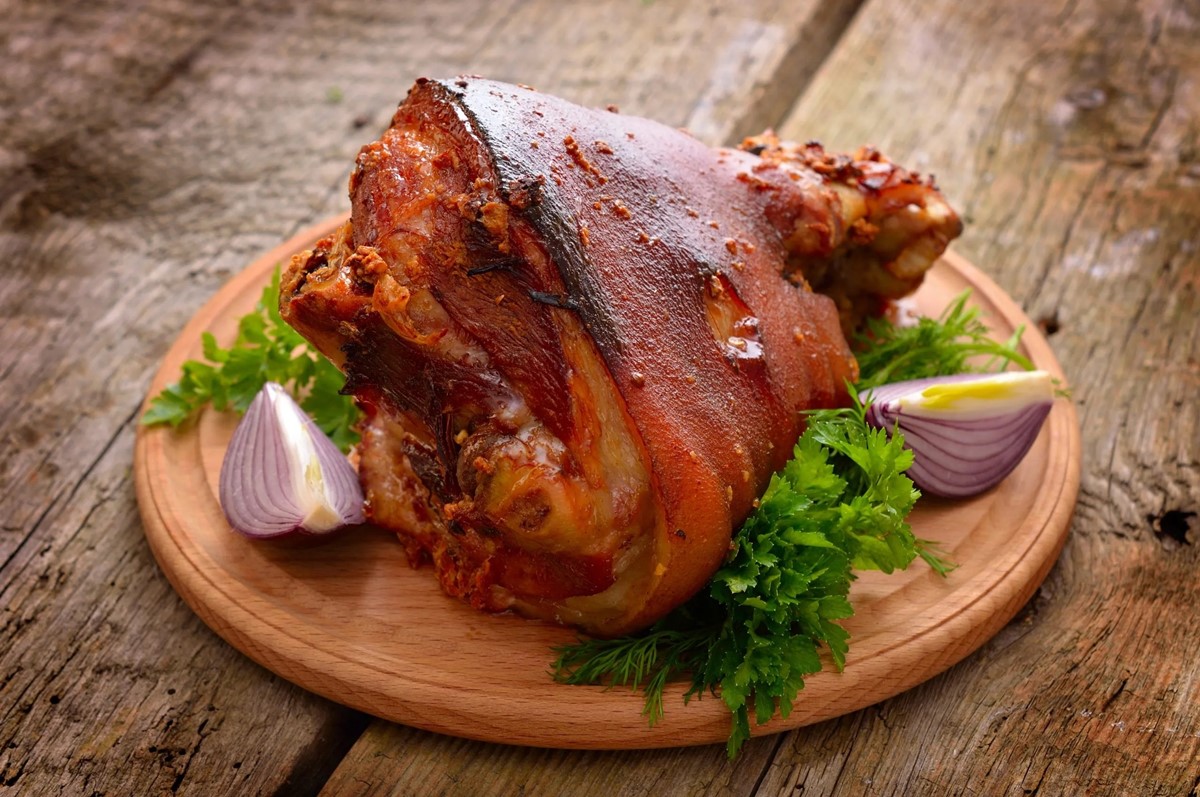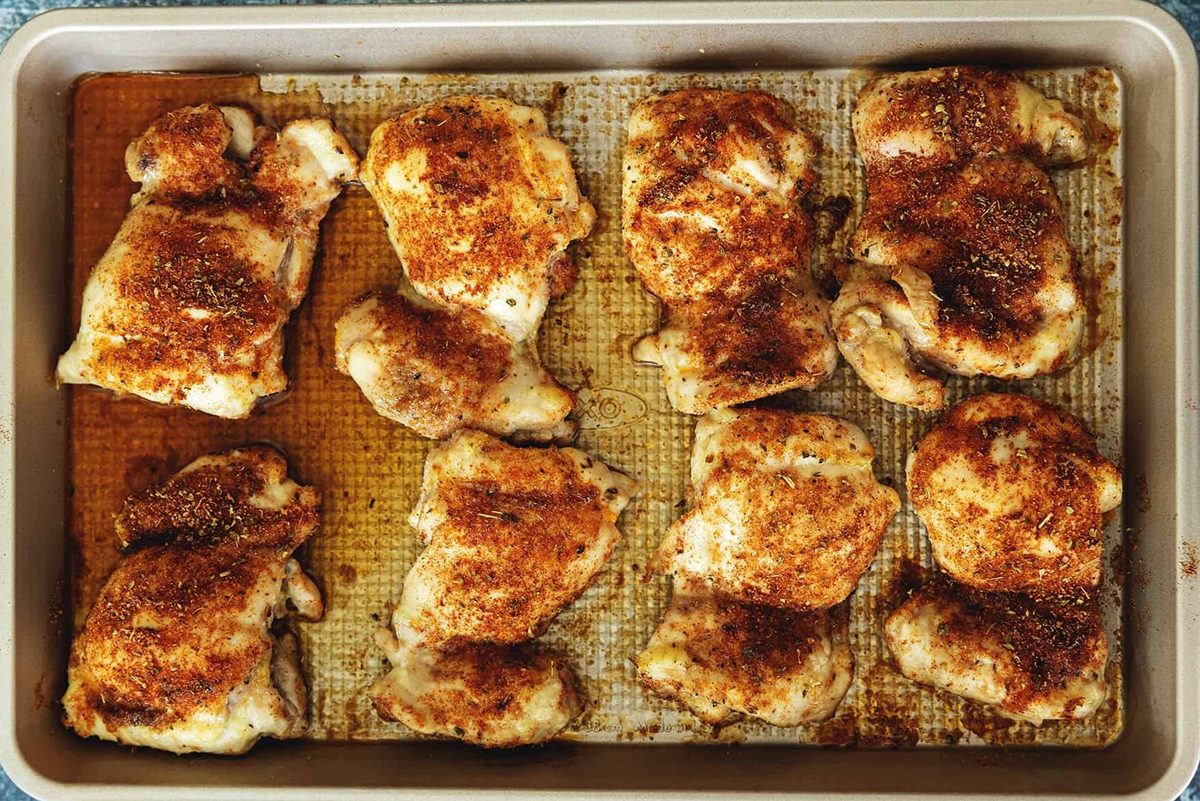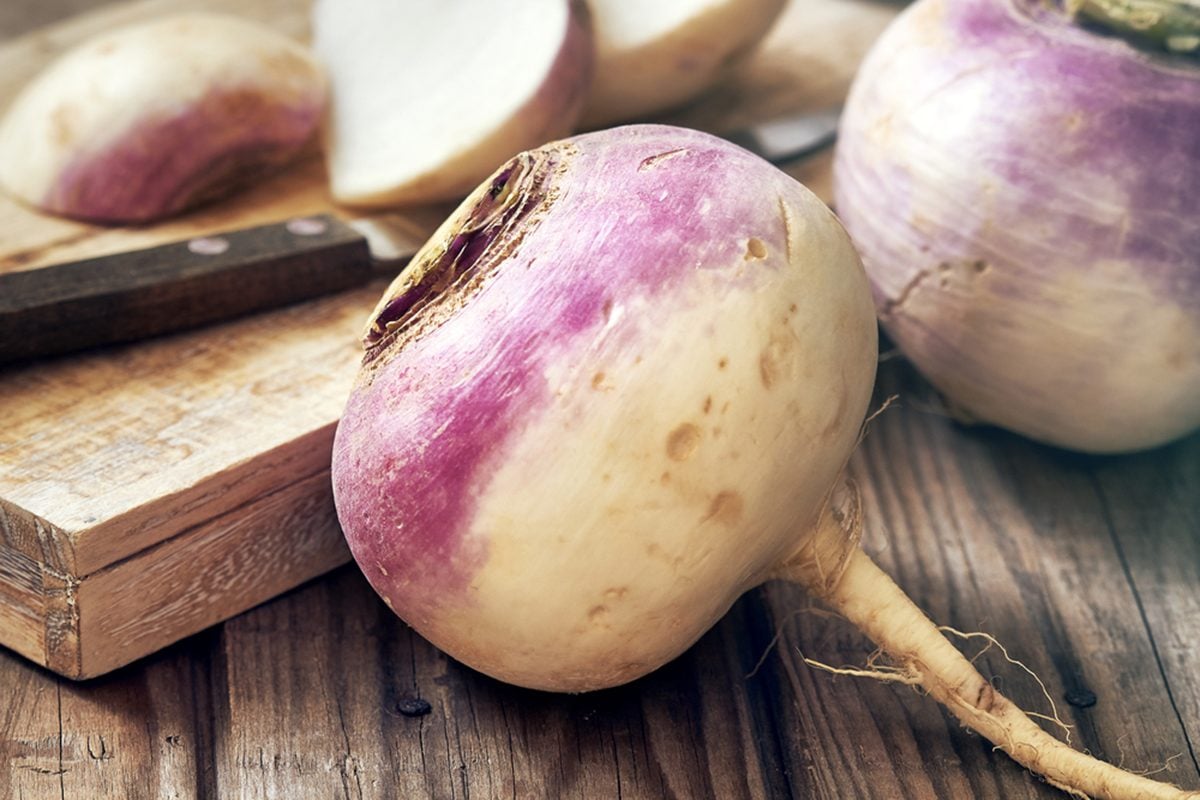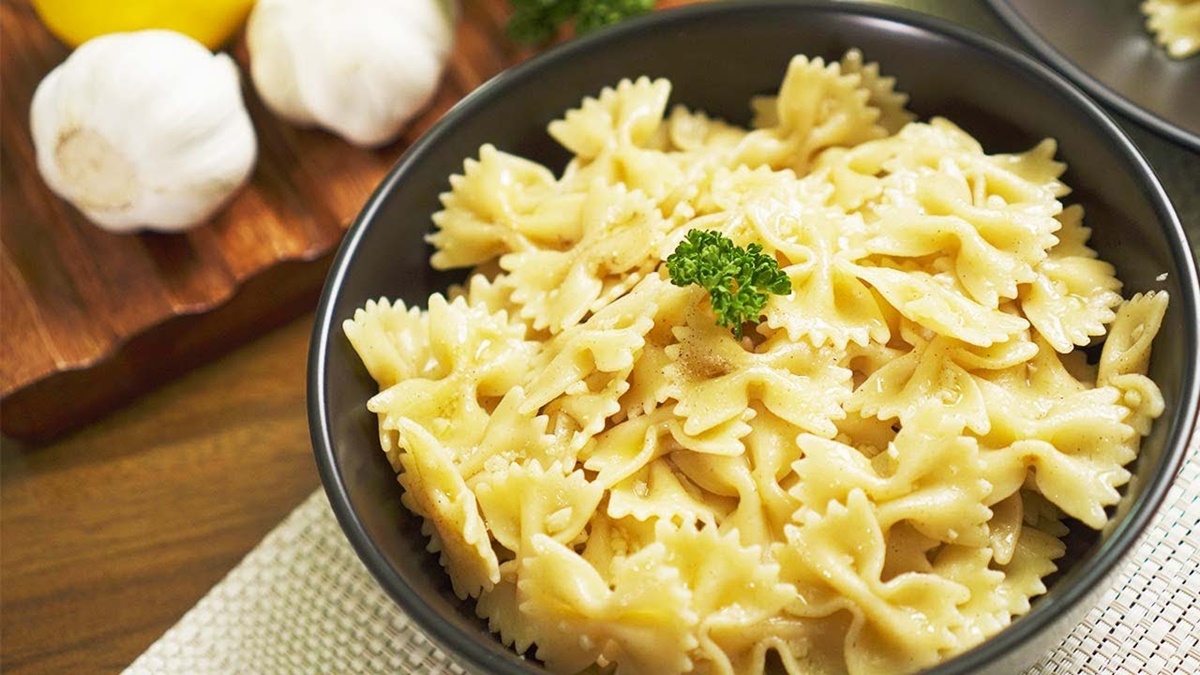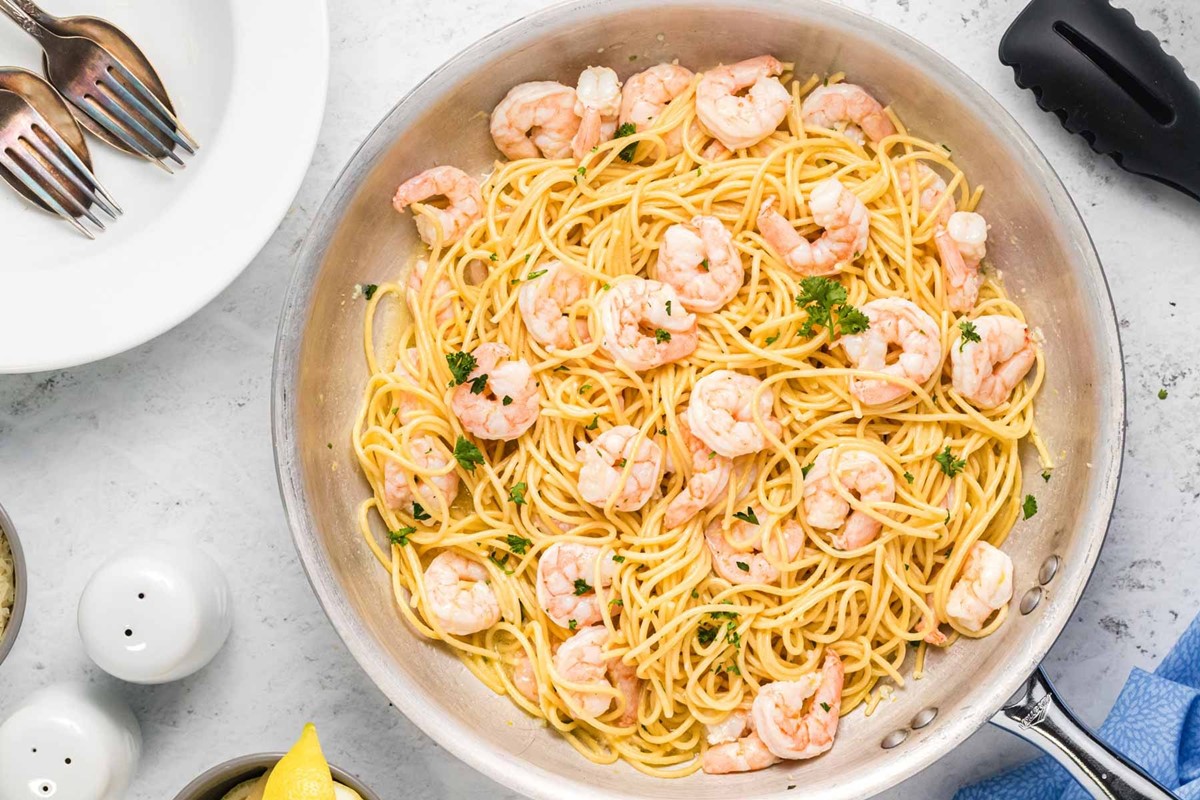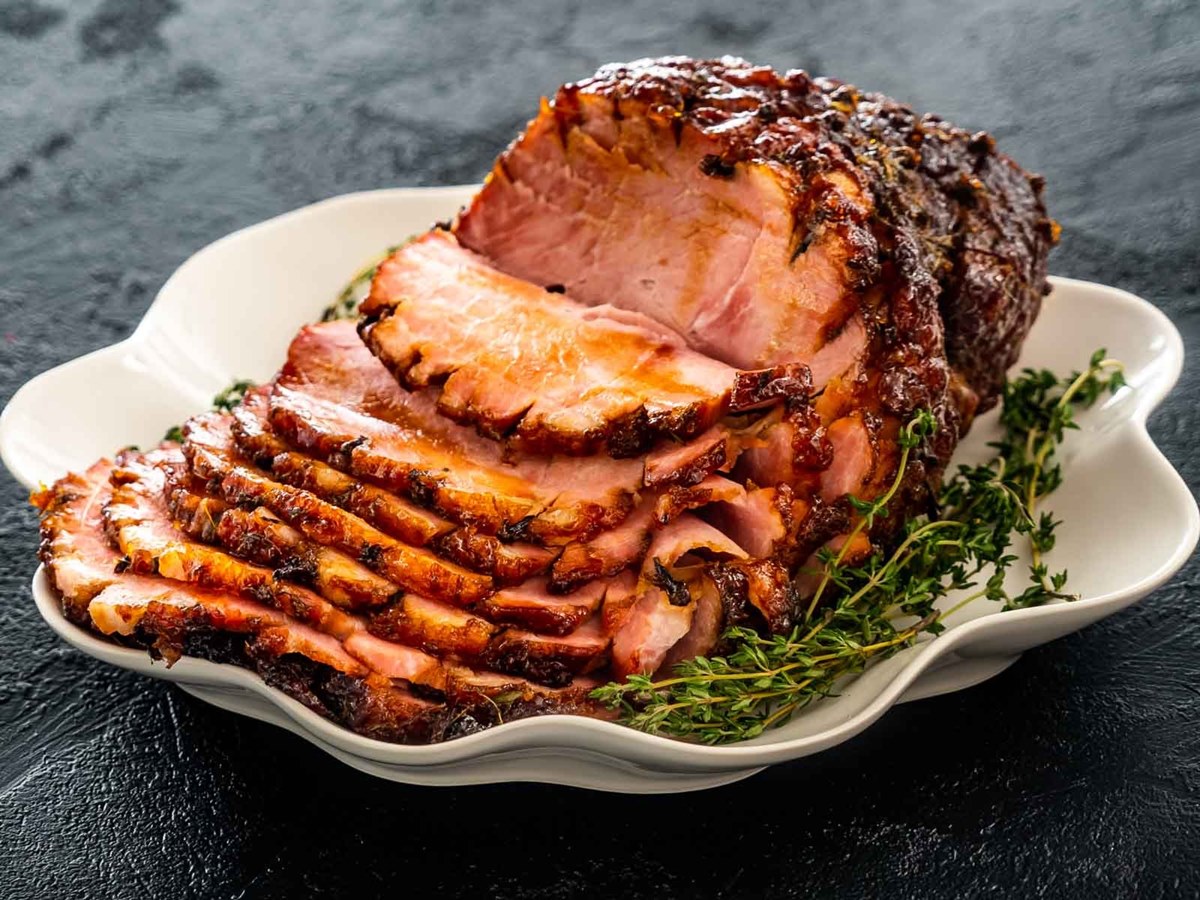Mastering the Art of Slow-Cooked Brisket: A Tender and Flavorful Delight
Brisket is a beloved cut of meat known for its rich flavor and melt-in-your-mouth tenderness. While some may opt for grilling or smoking, cooking a brisket in the oven low and slow can yield equally impressive results. This cooking method allows the flavors to develop gradually, resulting in an incredibly tender and juicy brisket that will have your taste buds dancing with delight.
1. Choosing the Perfect Brisket
Before embarking on your culinary journey, it’s essential to choose the right brisket. Look for a well-marbled piece of meat with a good balance of fat. This fat will slowly render during cooking, keeping the meat moist and adding exceptional flavor.
2. Preparing the Brisket
Start by trimming the excess fat from the brisket, leaving a thin layer to enhance the juiciness and flavor. Pat the brisket dry with paper towels to remove any moisture and ensure better browning. Season generously with your favorite dry rub, allowing the flavors to infuse into the meat.
3. Preheating and Slow Roasting
Preheat your oven to a low temperature, around 275°F (135°C). This gentle heat will enable the connective tissues in the brisket to break down gradually, resulting in a tender and succulent texture.
Place the seasoned brisket fat side up on a roasting rack inside a deep roasting pan. The rack helps elevate the meat, allowing air to circulate evenly and promote even cooking.
4. Adding Moisture and Flavor
Brisket loves moisture, so consider adding some liquid to the roasting pan to prevent it from drying out. You can use beef broth, red wine, or even a combination of both. This will not only keep the brisket juicy but also infuse it with additional flavors.
To enhance the flavor further, scatter some aromatic ingredients around the brisket. Chopped onions, garlic cloves, and herbs like rosemary or thyme can add depth and complexity to the final dish.
5. Covered or Uncovered?
Now comes the question – to cover or not to cover? Covering the brisket with foil or a tight-fitting lid will help retain moisture and create a steamy environment, resulting in a more tender end product. However, leaving it uncovered can lead to a deliciously caramelized crust on the meat. It ultimately depends on your preference, but if tender is what you’re aiming for, covering is the way to go.
6. Patience is Key
Now that your brisket is in the oven, it’s time to exercise your patience. Slow cooking a brisket can take several hours, depending on the size of the cut. On average, you can expect about 1.5 to 2 hours of cooking time per pound.
Resist the temptation to open the oven door frequently, as this releases valuable heat and prolongs the cooking time. Trust the low and slow process to work its magic, transforming your brisket into a succulent masterpiece.
7. Rest and Carve
Once your brisket reaches the desired internal temperature (around 195°F or 90°C), it’s time to remove it from the oven and let it rest. Resting allows the juices to redistribute throughout the meat, resulting in a more flavorful and tender final product. Tent the brisket loosely with foil and let it rest for about 30 minutes.
When ready to serve, slice the brisket against the grain to maximize tenderness. The grain refers to the lines running through the meat, and cutting against them helps break down the connective tissues, resulting in a more tender bite.
Remember, practice makes perfect when it comes to cooking brisket. Don’t be discouraged if your first attempt isn’t flawless. Embrace the learning process, make adjustments along the way, and soon enough, you’ll be delighting friends and family with a mouthwatering brisket straight from your oven.
So, get your apron on, set your oven to low, and let the journey begin. Your oven-cooked, slow-roasted brisket awaits!
For those eager to master the art of low and slow brisket in the oven, there are several standout recipes worth exploring. The Slow-Cooked Barbecue Brisket offers a classic approach with rich, smoky flavors perfect for any barbecue lover. If looking for something with a bit of a twist, the Beer-Braised Brisket combines the deep, malty notes of beer with tender beef, resulting in an incredibly moist and flavorful dish. For a truly Texan experience, the Texas-Style Oven Brisket is a must-try, embodying the robust flavors and traditions of Texas barbecue. Those who prefer a bit of sweetness in their meat will enjoy the Honey-Mustard Glazed Brisket, which balances savory and sweet beautifully. Finally, the Oven-Braised Brisket with Caramelized Onions brings a luxurious depth of flavor, perfect for a cozy family dinner. Each of these recipes leverages the low and slow method to perfection, ensuring a tender, flavorful brisket every time.
Was this page helpful?
Read Next: How To Cook Tuna In Oven
